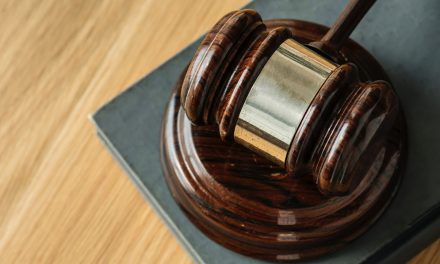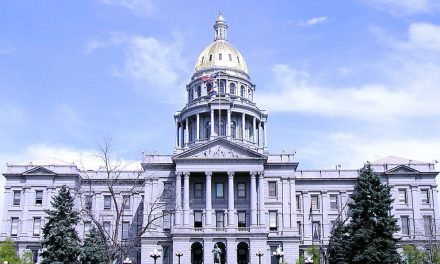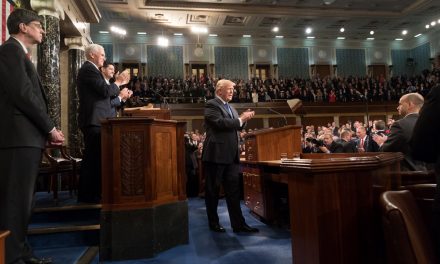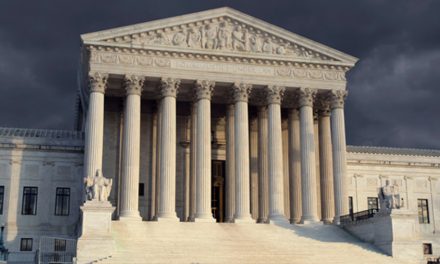Senate Majority Leader Mitch McConnell, R-Ky, told nationally syndicated radio talk show host Hugh Hewitt recently that as soon as the Senate resumes, which is currently scheduled for May 4, it needs to focus on confirming more judges.
McConnell told Hewitt, “And as soon as we get back in session, we’ll start confirming judges again. We need to have hearings, and we need to confirm judges. Hugh, you and I have discussed this before. My motto for the year is leave no vacancy behind. That hasn’t changed. The pandemic will not prevent us from achieving that goal.”
That’s good news for Americans who still feel that stocking the federal judiciary with a constitutionalist judicial philosophy will benefit the country more in the long term than the ups and downs of federal elections where control switches hands frequently. Federal judges are appointed for life and can serve 30 years or more. They also provide a pool of prospective judges for higher levels, much like Supreme Court justices who have served in lower federal courts before being elevated to the nation’s highest court.
Since January 2017 the Senate has confirmed 193 “Article III” judges – meaning for courts listed in Article III of the U.S. Constitution – which include jurists on federal district courts, federal appellate courts, the U.S. Supreme Court, and the U.S. Court of International Trade. There are other specialty courts at the federal level, such as tax and admiralty courts, which are not counted in the typical reporting of judicial confirmations.
The current confirmations number for President Trump includes a record 51 judges for the federal circuit courts of appeal. That’s more than any president in our history at this point in their first term of office. That’s probably because there’s a divided Congress at the moment, which stalls any significant efforts to legislate. So there’s time for the Senate to focus on judges.
That available time works in favor of the nominees in question since constitutionally only the Senate participates in the confirmation process after the president nominates someone. And, ironically, it was former Senate Majority Leader Harry Reid, D-Utah, and his Democrat majority who also helped nominees by changing the Senate’s rules in 2013 to make confirmation of judges much easier to accomplish by lowering confirmation vote thresholds from 60 to a simple majority.
So even while the Senate and House remain at ideological loggerheads over most legislation, the work of confirming judges will continue.






